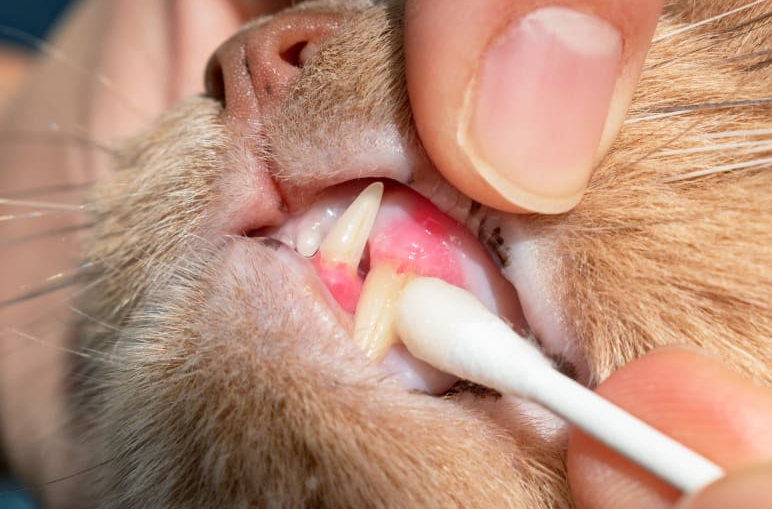When it comes to our beloved feline companions, their dental health is just as important as ours. Unfortunately, dental issues such as decayed or damaged teeth can occur in cats, necessitating the need for dental extraction cat. Understanding the process and implications of dental extraction in cats is essential for ensuring their well-being. Let’s dive into the ultimate guide to dental extraction in cats and what you need to know.
Understanding Dental Extraction in Cats
Dental extraction in cats involves the removal of one or more teeth due to various dental issues, including severe decay, fractures, or periodontal disease. Just like humans, cats can experience dental problems that cause pain, discomfort, and even systemic health issues if left untreated. Dental extraction is often recommended by veterinarians as a solution to alleviate pain and prevent further complications in affected cats.
Reasons for Dental Extraction in Cats
There are several reasons why a dental extraction cat may be necessary. These include:
- Severe tooth decay or cavities that cannot be addressed with other dental treatments.
- Trauma or injury resulting in fractured or broken teeth.
- Advanced periodontal disease, can lead to tooth loss and gum inflammation.
- Oral tumours or cysts affect the tooth structure and surrounding tissues.
- Congenital abnormalities or malocclusion causing misalignment or overcrowding of teeth.
The Dental Extraction Process
Before performing a dental extraction, your veterinarian will conduct a thorough oral examination and may recommend dental radiographs (X-rays) to assess the extent of dental disease and plan the extraction procedure accordingly. During the extraction procedure, your cat will be placed under general anaesthesia to ensure their comfort and safety.
Post-Extraction Care and Recovery
After dental extraction, your cat may experience some discomfort and swelling, which can be managed with pain medication prescribed by your veterinarian. Soft or liquid diet may be recommended initially to aid in healing, and you should avoid offering hard or abrasive foods that may irritate the extraction site.
Considerations for Dental Extraction in Dogs
While dental extraction is a common procedure in both cats and dogs, it’s important to note that the process and recovery may differ slightly between the two species. Dogs may require a different approach to anaesthesia and post-operative care compared to cats, so it’s crucial to consult with your veterinarian to address any specific concerns related to dental extraction dog.
Conclusion
In conclusion, dental extraction in cats is a necessary procedure to alleviate pain, treat dental disease, and improve overall oral health. By understanding the reasons for extraction, the process itself, and post-operative care requirements, you can ensure the best possible outcome for your feline companion. If you suspect that your cat may require dental extraction cat, don’t hesitate to consult with your veterinarian to discuss the best course of action for their dental health.

